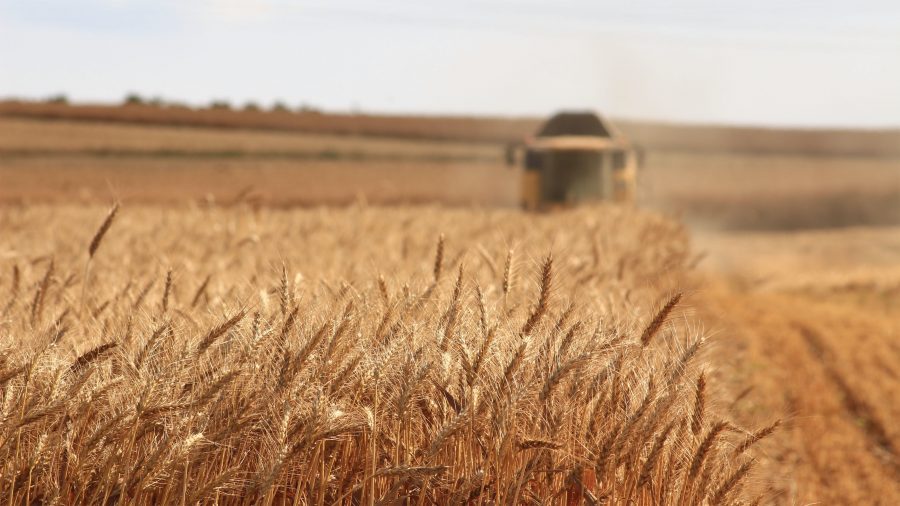While many people may think today’s modern world of technology-based businesses has bypassed farmers in terms of importance to the U.S. economy, that is not true. In fact, agricultural and related industries contribute over $1 trillion to the nation’s GDP, making it a vital part of the 21st-century economy. For rural and low-tech farmers, grain milling is an important part of their operations, since it is most often used for animal feed or converted into ethanol. As to how grain milling can be improved for you and your farm, there are several ways.
Inventory Traceability
Whether it is raw materials initially received or a finished product that is being shipped out, inventory traceability is vital to making sure you don’t lose money on your grain milling operations. By relying on industry-specific data and technology, grain inventory can be revalued for maximum profits.
Commodity Management
Since profit margins in grain milling are narrow, commodity management becomes an important component of keeping a farm profitable. To accomplish this, using agriculture cloud ERP that focuses on industry-specific applications can make a huge difference. For example, record entry and processing can be tailored to account for grain discounts and inbound-outbound shipments, plus account for grain unit of measure conversion.
Grain Accounting
In any farming operation large or small, rural and low-tech farmers can utilize agriculture cloud ERP to improve grain accounting operations. As an example, billing and invoicing can be greatly simplified and made to be much more farm-specific. Through the ERP, farmers can begin integrating their billing and invoicing with scale measurement shipments, ensuring greater accuracy and accountability regarding profits.
Phased in Approach
For rural and low-tech farmers, many aspects of technology as related to the business end of agriculture can be intimidating. To ensure the technology needed to improve grain milling operations is properly implemented and ultimately delivers what is needed in terms of efficiency and cost-effectiveness, a phased-in approach is usually recommended. In doing so, planning and analysis can be used to define and prioritize requirements, review legacy data and conversions, and focus on a collaborative approach that will allow regular farming operations to continue with minimal disruptions.
As more and more farmers continue to face severe financial difficulties that often force them to give up farms that have been in their families for generations, the methods described here can be lifesavers. By relying on agriculture cloud ERP and its ability to improve many aspects of daily business operations, farms can again face the future with hope.

